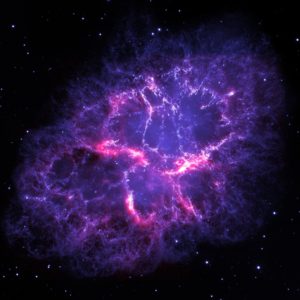 Are we alone in the Universe? Will the Sun ever stop shining? What else is out there? What happens when galaxies run into each other? What happens when stars explode?
Are we alone in the Universe? Will the Sun ever stop shining? What else is out there? What happens when galaxies run into each other? What happens when stars explode?
These are just a small selection of the questions that researchers in astronomy and astrophysics explore. Some of the answers we think we know, some are still key areas of research in the UK.
SEPnet has been working on Observing the Night Sky: What next? a short course that will take you through some of these questions all the way out to our current thinking and research. The course will cover five main areas: our Solar System, stars, galaxies, our Universe, telescopes and other methods of observing. It contains a number of activities and videos.
This course is hosted by the The Open University’s Open Learn Create platform. You will need to register to complete the course. Any questions, simply drop us an e-mail.
We hope you find it interesting, and remember if in doubt, just remember that you’re standing on a planet that’s evolving, and revolving at nine hundred miles an hour, that’s orbiting at nineteen miles a second, so it’s reckoned, a sun that is the source of all our power…
This image shows a composite view of the Crab nebula, an iconic supernova remnant in our Milky Way galaxy, as viewed by the Herschel Space Observatory and the Hubble Space Telescope from the NASA Image and Video Library.
